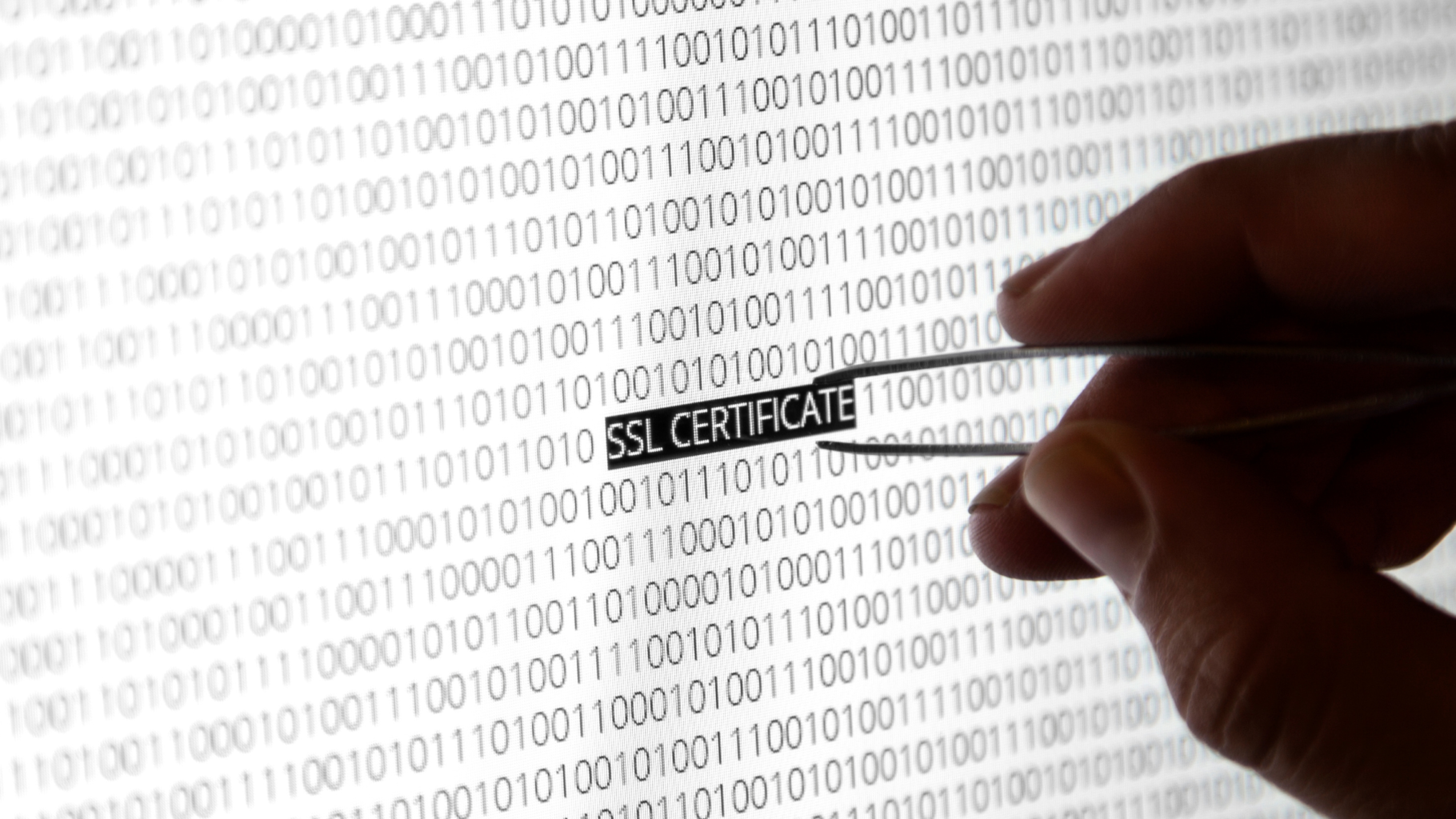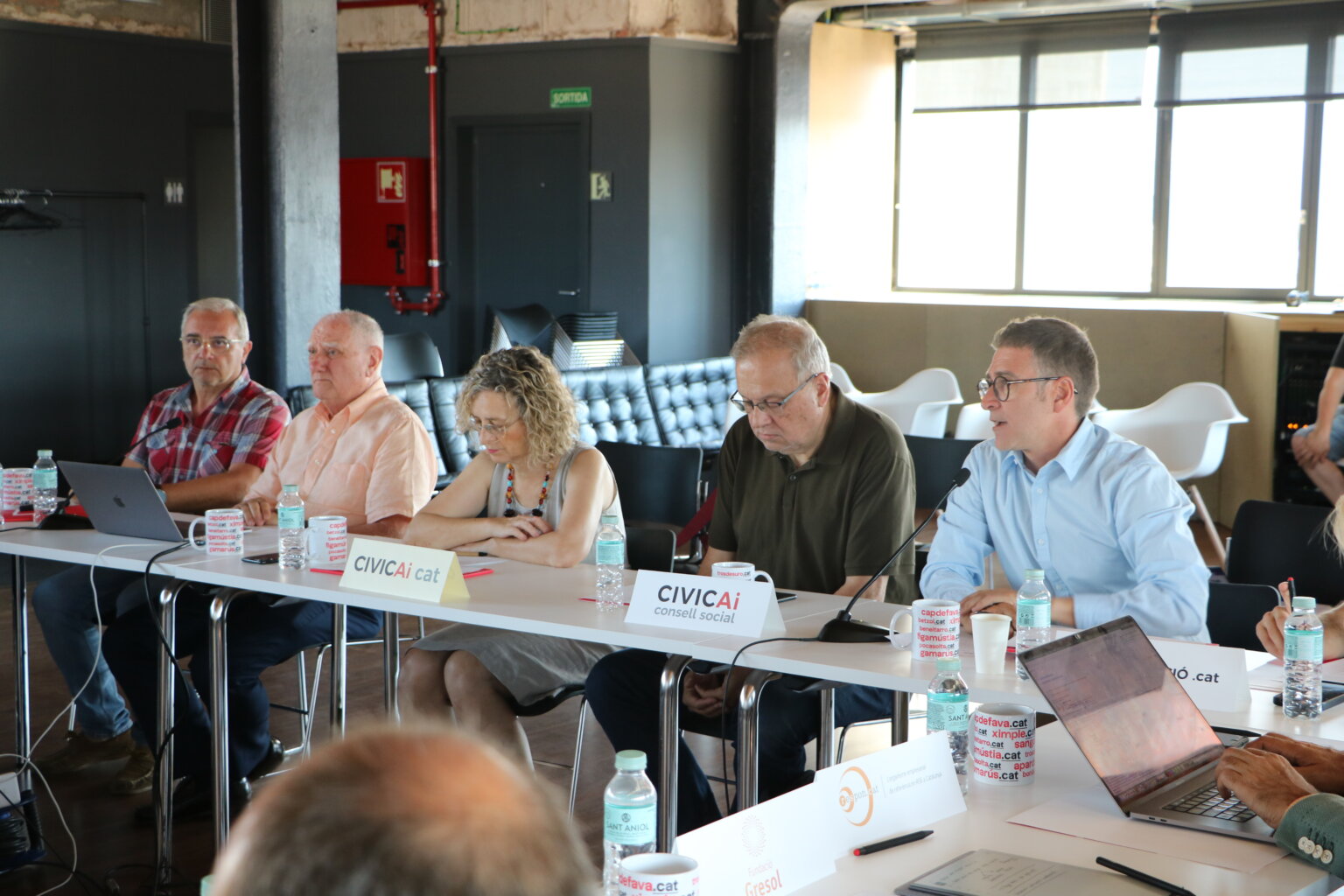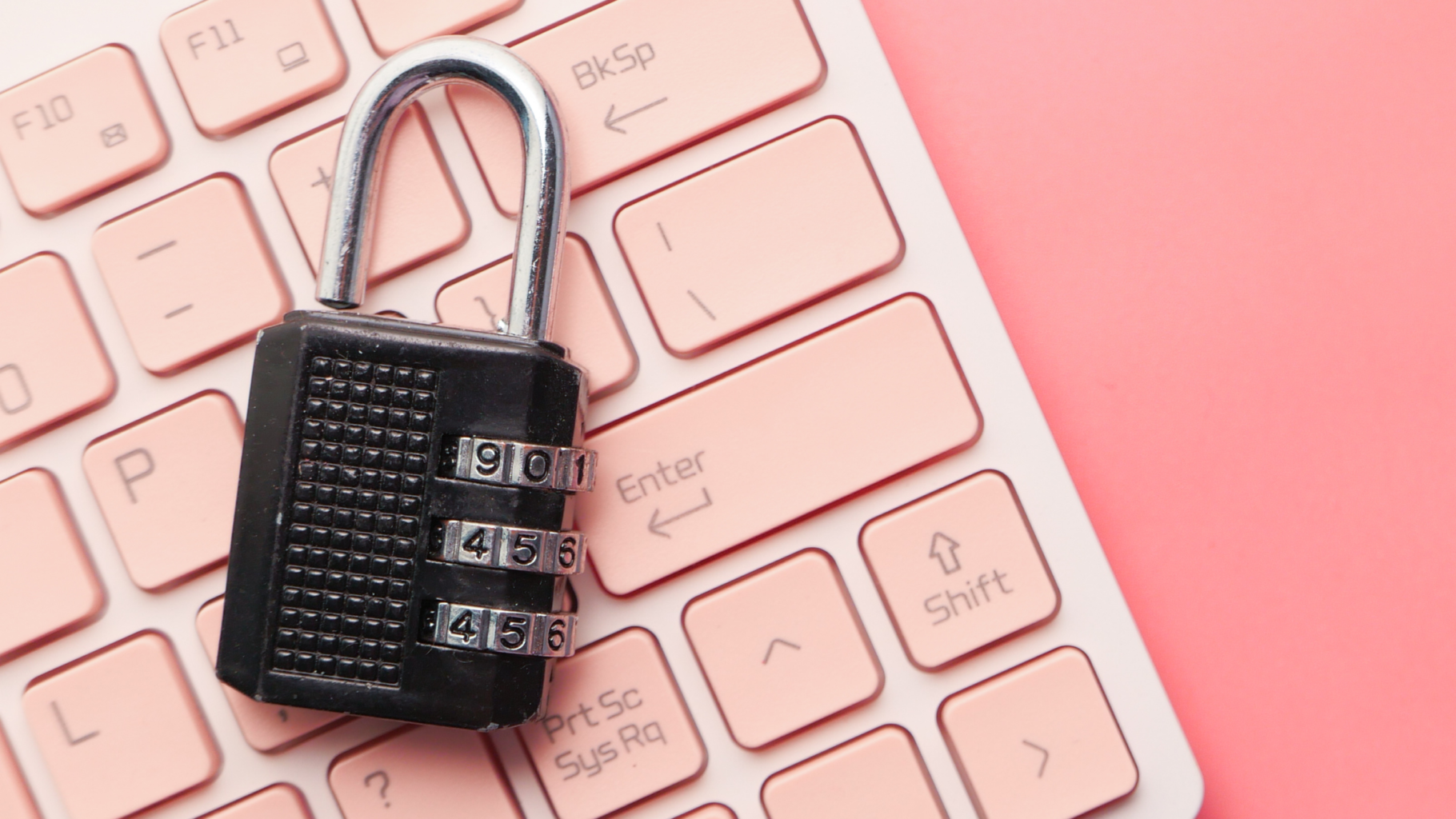What is an SSL certificate and why are you interested in it?

There are English words that have gradually crept into our language, such as selfie, freelance, brainstorm or meeting. But what if I ask you what SSL means? Do you know? Well, you’ll be interested in this one, I assure you!
The SSL certificate (Secure Sockets Layer) guarantees the secure transmission of your data over a network. Basically, it secures your data over the internet. SSL establishes a secure connection between you, using your web browser, for example, and a server, such as any website. Yes, the website of the restaurant on your corner also has a server and has, or should have, SSL!
When the SSL certificate is used, the data is encrypted before being transmitted, so it can only be decoded and read by the actual recipient. This prevents data from being intercepted and read by external parties during transmission. Therefore, hackers, pirates and/or cybercriminals cannot take the data you send to the web server. This is especially important when you share your credit card details or your Instagram password!
With the scenario I have unfolded to you, you might get the following impression: “If I don’t have SSL, am I surfing a sea of data theft and insecurity?” Well, that’s not quite the case! What is true, however, is that you do run the risk of having private information or other sensitive data stolen from you that you shouldn’t be sharing with the world.
And now for the million dollar question: “How can I use the SSL certificate?” Well, I’m sorry to tell you that … You can’t! No, you as a user cannot use SSL, as this is an option that must be configured on the web server. So, as a user, you can’t decide whether or not to use it yourself. By default, all browsers search for websites already using the SSL certificate, so what you can do is check whether or not the website you are visiting has the certificate.
The fact that tells you whether a website is using SSL is that ‘https://’ appears in front of the web address. The ‘s’ before the colon and slashes indicates that the website is using the SSL certificate. If it didn’t have one, the web address would be ‘http://’. There are browsers that display a padlock emoticon to indicate whether the website has SSL or not.
If you’re still not sure whether a website has SSL or not, or you don’t want to run the risk of opening a website that may contain a virus, you can use the ssl.cat tool. This tool tells you in a simple and quick way if the website you mention has or doesn’t have an SSL certificate. You will know if the page is secure or not within 20 seconds!
What do you think? Pretty important, right? From now on, when you visit websites, where you are asked to share data, you know what to look for before entering anything, even before entering your name!
Pau Martín
Computer technician
Fundació .cat


